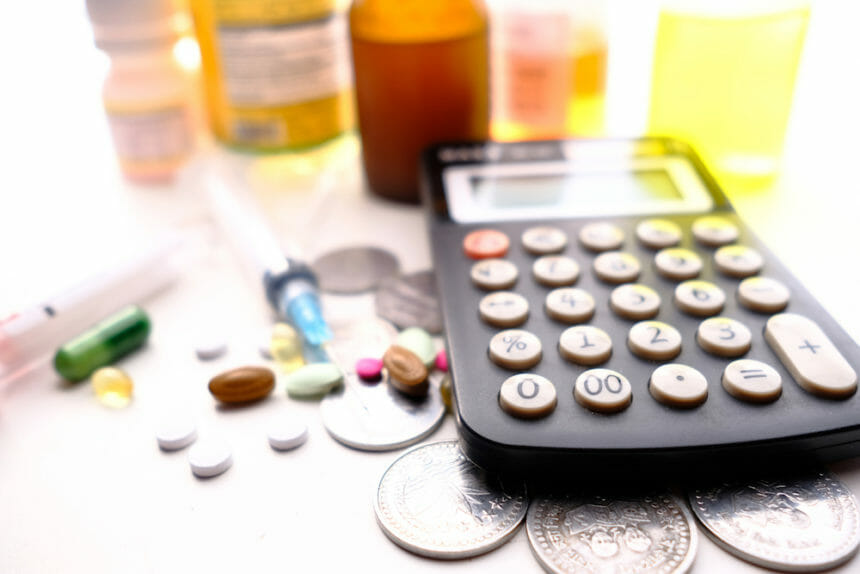“Nothing typifies the failures of healthcare in the United States like prescription drugs.”
Do you agree? That was the opening sentence of a recent New York Times editorial entitled “Sound, Fury and Prescription Drugs.” Amazing. Although the rest of the world looks to the U.S. as the leading source for innovation and progress, in the eyes of the Times, we’re a flop.
If you’re wondering why editorial gives us an F, it all comes down to one word: price. According to the Times, “So many patients are rationing or outright skipping essential medications that stories of people dying for want of basic drugs … have become commonplace.” Huh? I haven’t read too many stories where people have been denied life-saving drugs because they couldn’t afford them. But I do know just about every pharma company has an indigent patient or rebate program ensuring that no patient will be cut off from a necessary drug because of financial reasons.
The editorial goes on to present a laundry list of predictable solutions to the “price problem,” most of which wobble between silly and stupid. A few examples:
Allow the FDA to dictate drug prices based on their perceived “benefits.” Right. I’m sure a government bureaucracy knows far more than practicing physicians.
Strip drug patents from companies who don’t drop their prices. Can you think of a faster way to stifle research and kill innovation?
“Shame” manufacturers into lowering prices. As we all know, the administration recently tried to mandate the inclusion of “list prices” on TV ads. A federal judge promptly threw out the regulation.
What’s troubling about this editorial is not its inane policy recommendations, but the way it implies that drug prices threaten public welfare.
What’s troubling about this editorial is not its inane policy recommendations, but the way it implies that drug prices threaten public welfare. Actually, the reverse may be true; our price monomania may itself be creating a significant threat.
The recent book Bottle of Lies by Katherine Eban details how what began as a good idea — converting brand name drugs into less expensive generic versions — has been hijacked by unrelenting pressure for even lower prices. At first, most generic manufacturers were U.S.-based and subject to rigorous FDA inspection. However, over time, as critics continued to complain that drug prices were still too high, manufacturers began to look for ways to cut costs.
Fast forward to 2019, where 80% of the active ingredients used in branded or generic drugs come from overseas. India alone provides almost 40% of our generic drugs. And although there’s nothing inherently bad in obtaining drugs from other countries, quality control is often poor and data fabrication rampant. According to a former FDA inspector, 76% of Indian companies provided him with fraudulent or deceptive data. When he later transferred to China, 79% of companies had a similar pattern of deception.
But we’re not blameless. The current rage for controlling costs via deregulation has infected the FDA. A study in Science reported that since President Trump took office, FDA warning letters have dropped by 33% and Official Action Indicated (OAI) reports have dropped by 45%. Before you applaud, consider: When it comes to life-impacting medications, is less regulation really good?
Can we really allow calls to produce the cheapest possible medications to dominate and distort our industry? Consider this twist on the old maxim: A medicine can be effective, safe or cheap. You can have two, but not all three.
From the September 01, 2019 Issue of MM+M - Medical Marketing and Media







